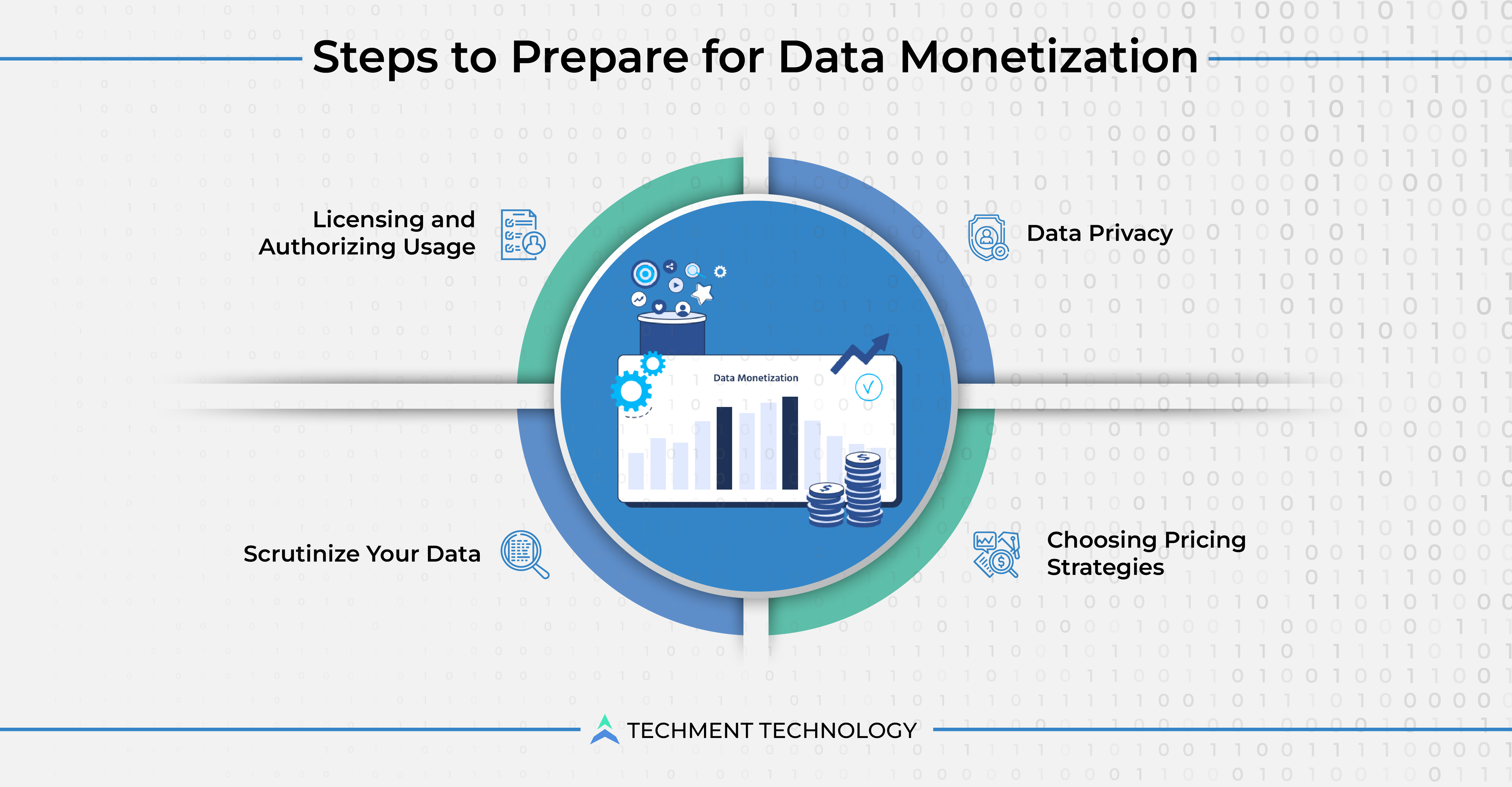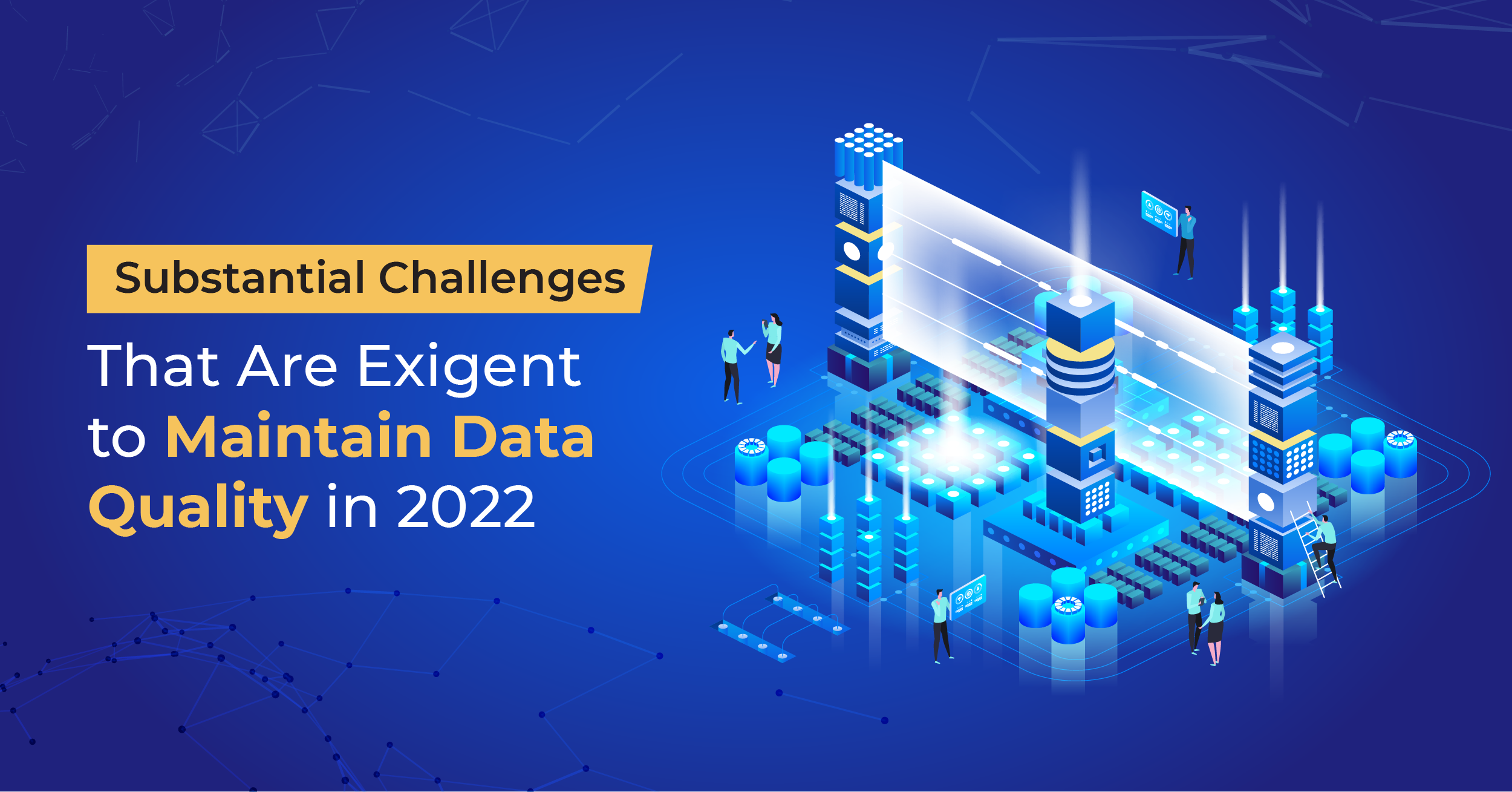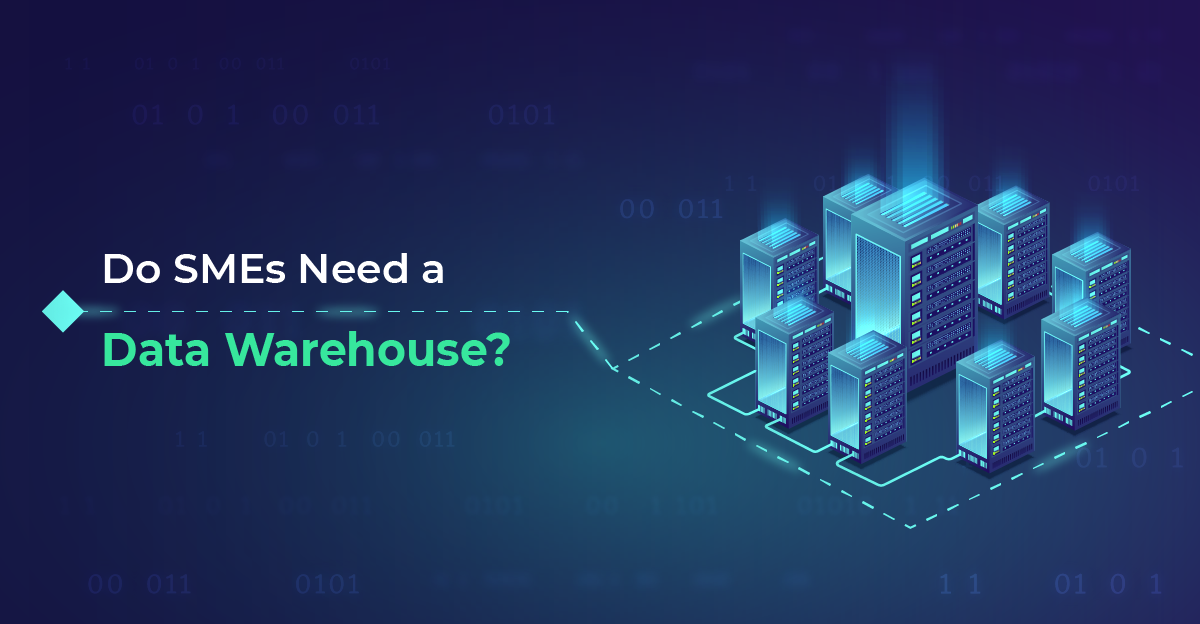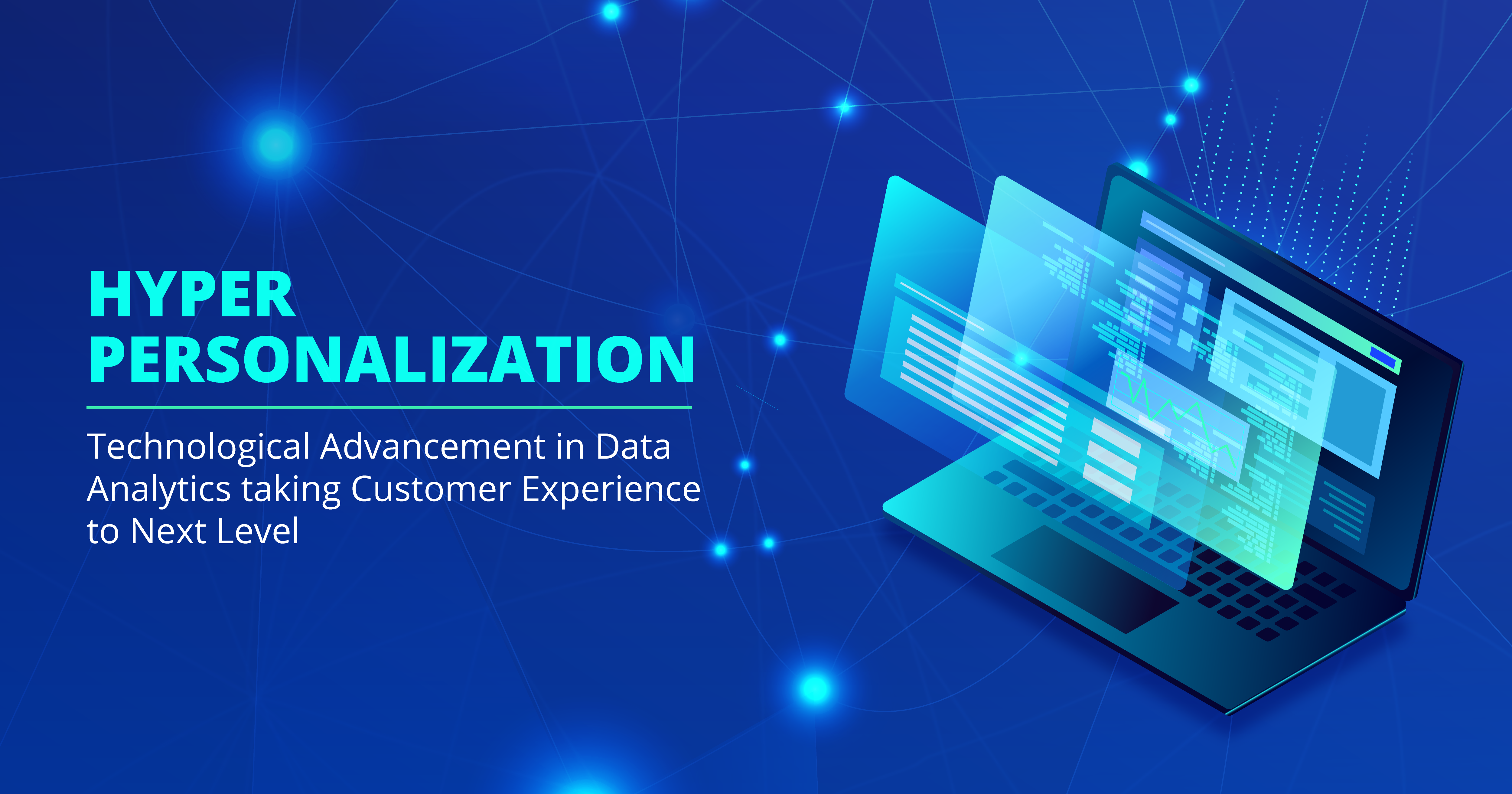In this era where knowledge is power, data can surely drive business wealth. Undoubtedly, data is one of the most valuable resources of a company, provided you learn how to monetize your data by generating new revenue streams.
According to IDC, 45% of organizations worldwide are prioritizing data monetization in digital transformation strategy.
Raw data also open up opportunities for vendors to monetize their information, offering insights about customer demographics, preferred products, sales, performances, and more. Different industries like retail are creating good returns through digital ad spending, which might reach the value of $586 billion globally by 2023, states “Insider Intelligence.”
The new paradigm in data governance & monetization requires thinking of data as an asset as well as a product. For instance, data (as a product) assists in finding processes and systems that help to establish the importance of data. This is how the foundation of data monetization is built.
Business leaders must investigate what other industries are doing in this area and prioritize data monetization based on business operations. This enables organizations to capitalize on the following:
- Improved customer experience.
- Strengthened bond with partners & suppliers.
- Increased transparency across the supply chain.
- Uncover new market opportunities.
Hence, to realize economic benefits, organizations must treat the data commercialization as an actual information asset. To jump-start the monetization process, here are some prerequisites that will help identify marketable data, the right distributor, build a pricing model, and much more.
How Should Enterprises, Prepare for Data Monetization?
Most data leaders find monetization daunting, but starting with specific prerequisites will work best in the data ecosystem. With this data, leaders can decide how to leverage profitable data further to enhance ROI.

- Operational Data: Contains transaction records and sensor logs.
- Commercial Data: Contains industry developments, sentiments, prices, etc.
- Marketing Data: Customer data, preferences, web traffic, etc.
- Behavior Data: Data captured in physical and digital environments.
Apart from this, some types of data are rarely mined or looked upon for monetization. For such data, adding a layer of analytics (such as creating specific dashboards or reports) or enriching them with additional data sets would make them shareable.
This additional operation might also help customers to make better decisions, especially those who lack the expertise to perform analysis themselves.
For instance, in retail, store-level data is valuable to suppliers, but when combined with customer demographics or weather demographics, the retailer would charge more to the supplier.
2. Scrutinize Your Data: Depending on the type of data, different methodologies exist for pricing your data, each with its benefits. Usually, the cost depends on data collection, storage, preparation, transformation, and sharing.
The categories of charging the shareable data are as follows:
Data Preparation
- Cost of Data Sourcing: This involves time & effort taken to select and extract the correct data.
- Cost of Data Packaging: Involves the cost of data preparation for consumption and the cost of enrichment or augmentation.
- Cost of Data Sharing: Before sharing, the cost of copying, storing, and transferring data to consumers is calculated.
Types of Data Offering
Different types of data hold different values because of the preparedness it takes at every stage; it is charged differently. These data can be raw, packaged, data insights, data enhancement, or data for trade (exchange).
- Distribution Channel: The channels to distribute data bewilder data providers with their sets of advantages and drawbacks. There exist three common distribution channels. These are:
Direct Data Transfer Through Amazon S3: Business datasets and third-party options with Amazon S3 data transfer. Companies must confirm the data backups and whether the data transfer is one-time or recurring.
Third-party Data Broker: Considered efficient miners, data brokers collect information from internet users and non-users and sell it. Brokers also control pricing, restricting you from knowing who is looking at your data.
Using a Data Marketplace Like Snowflake: These are cloud-based data markets like Snowflake, which help to match data consumers with the right data sellers. Here typical data types are business intelligence (BI), public data, research, and demographics. With Snowflake, organizations provide access to data to consumers without actually moving it to consumers. This happens in the following ways:
- The providers’ account keeps data fully encrypted without duplicate data sets. The data is updated in real-time or near real-time. Providers also have control over who has access and can revoke them anytime.
- The data goes to Snowflake, where cross-cloud or cross-region data are also present.
- From this Snowflake account, data consumers can directly start querying and join it to their data.
3.Licensing and Authorizing Usage: Once data is collected in a connected data ecosystem, it complies with regulatory conditions. So organizations must make sure that information is not resold by creating a license.
4.Data Privacy: All data vendors must follow new protection laws like GDPR, which enforces the protection of personally identifiable information (PII). According to Gartner, by 2023, 65% of the world’s population will have their personal information covered under current privacy regulations.
Since “privacy-first” products are gaining traction, organizations must ensure data protection to enhance customers’ trust.
These data monetization initiatives will help in boosting profits and create internal value. So this opportunity should not be overlooked!
Conclusion:
Knowing The Value Out of Data Monetization is Important
Organizations must consider DATA as the building blocks of a refined product for sale. Here sale stands for value gained from exchanging data internally or externally. The first instinct of data monetization is to scope out data products. Checking the use case of data usage will also enlighten enterprises on how they should monetize data, but doing it too often isn’t a good choice.
Depending on execution effectiveness, data monetization is the next frontier in digital transformation. Without stakeholders’ involvement, cultural change, and teams’ understanding of data & its commercialization, success will be compromised. Companies must discover an agile approach to test new offers and determine their values. Along with realistic targets will deliver the greatest ROI.Let’s discover what more is in the bucket of data monetization. Connect with us for more information.
 All Posts
All Posts


